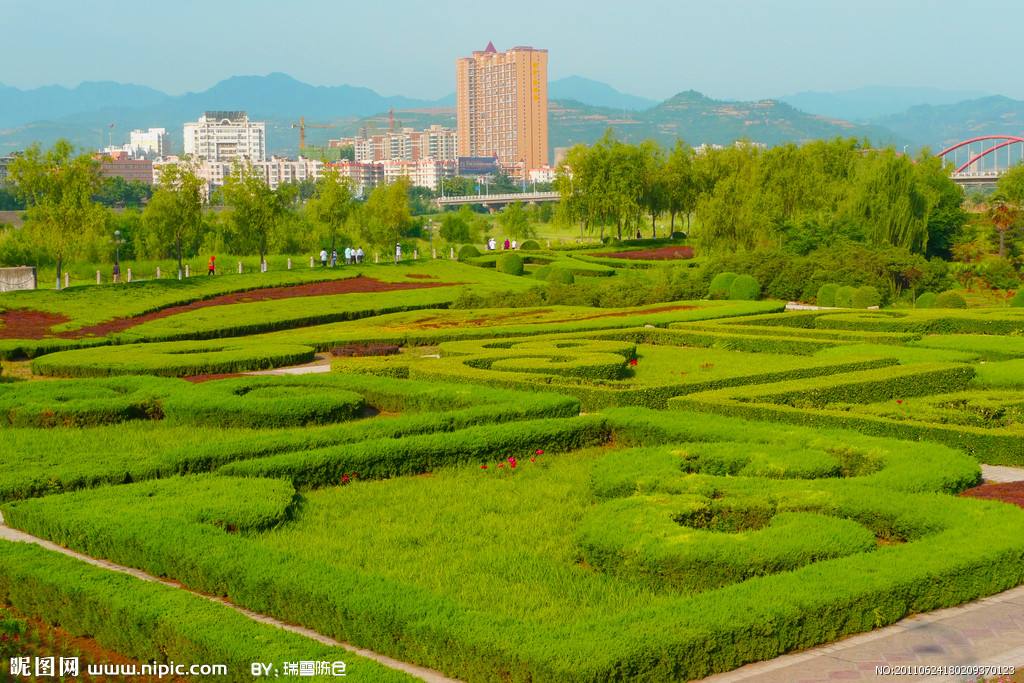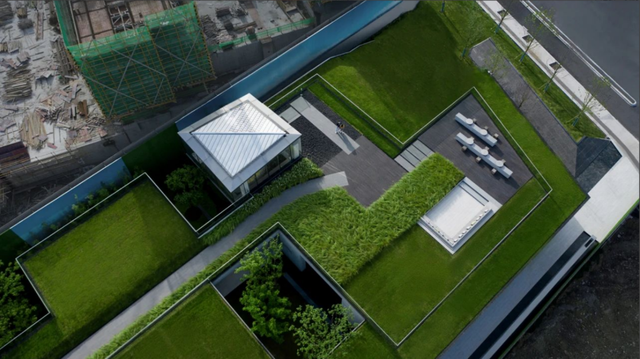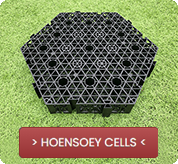Structural layer of green roof shallow analysis
Structural layer of green roof shallow analysis
With the increase of building density, the ground greenery is becoming more and more limited. Rooftop greening, as the “fifth facade of the building”, is also gradually being emphasized. Rooftop greening is a form of greening created on the top floor of a building by planting garden plants in a completely artificial environment and providing the necessary growing conditions for garden plants by laying drainage (water storage) boards.
Rooftop greening has many benefits for the habitat.
- Improving urban greenery coverage and creating aerial landscapes.
- Absorb dust to reduce noise and improve environmental quality.
- Reducing urban heat island effect and bringing into play ecological efficacy.
- Relieving rainwater roof overflow and reducing drainage pressure.
- Effectively protect the roof structure and extend the waterproof life.
- Keeping the building warm in winter and cool in summer, saving energy consumption.
According to different places and the nature of use, the types of green roofs are: ecological, combination, garden, and home.
- Ecological type green roof
It is the easiest way to green roofs because of its light weight and wide range of application, and it is planted on the structural layer of green roofs with vegetation that is resistant to drought, thinning, shallow soil, wind and cold. The greening effect is relatively rough and naturalized, and this type can be used for those housing or commercial with poor roof load-bearing and small area.
- Combination type green roof
Using a small number of low shrubs, small trees and a wider variety of vegetation, it is able to create a high-low landscape, but requires regular maintenance and watering. Compared with the lawn type, there is an increase in maintenance, cost and weight.
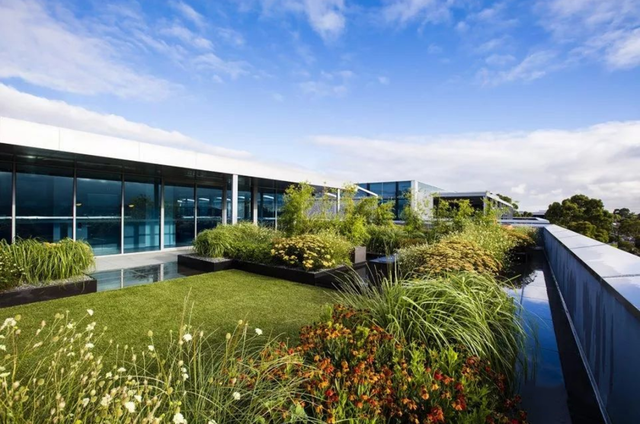
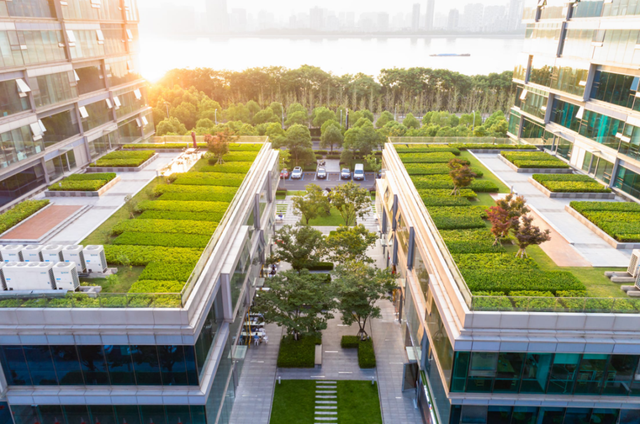
- Garden type green roof
More forms of landscaping can be used, including landscape vignettes, buildings and water bodies, and the variety of vegetation is further enriched, allowing taller trees to be planted and requiring regular watering and fertilization, so it has high requirements for building roof loading.
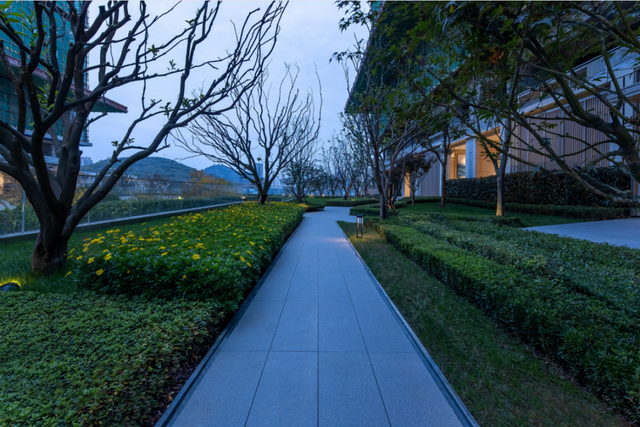
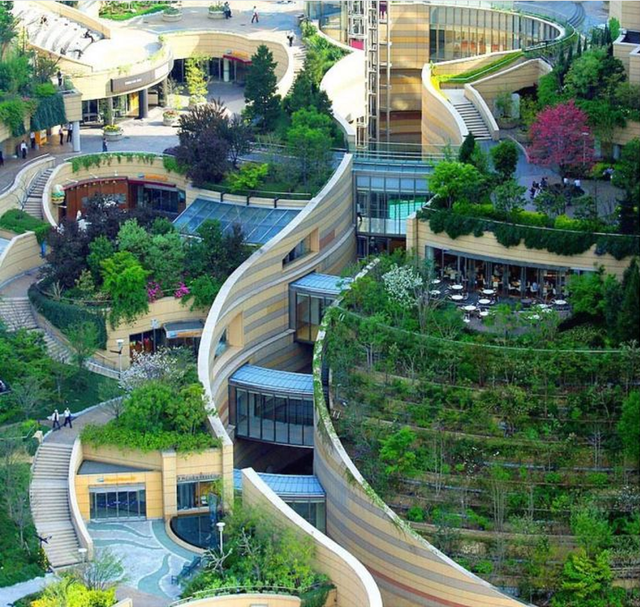
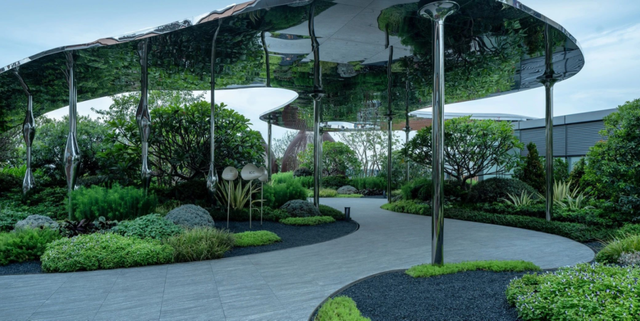
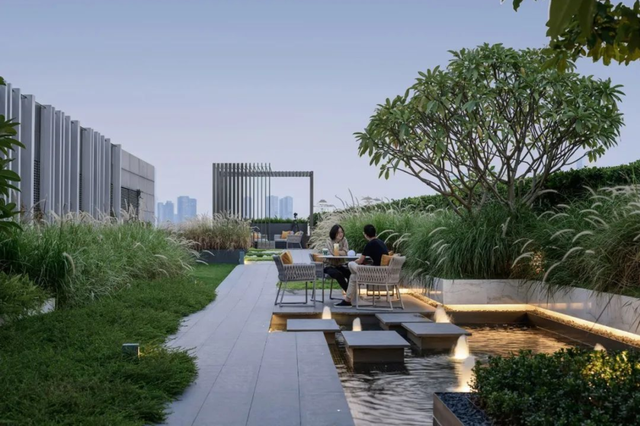
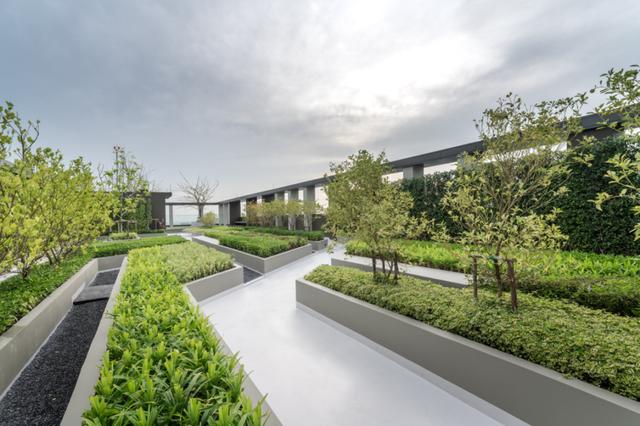
- Family type rooftop greening
Rooftop greening is mostly used in terraced houses and villas, where small gardens are built on their own rooftops or terraces, generally to rest, raise flowers and grow vegetables.
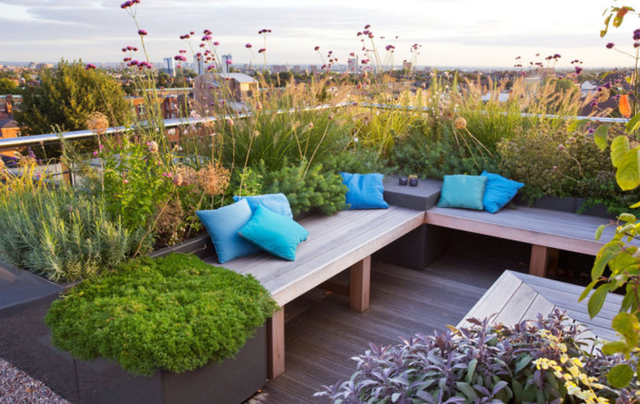
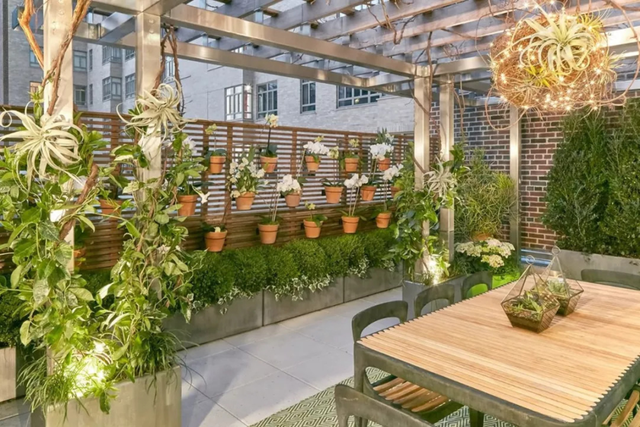
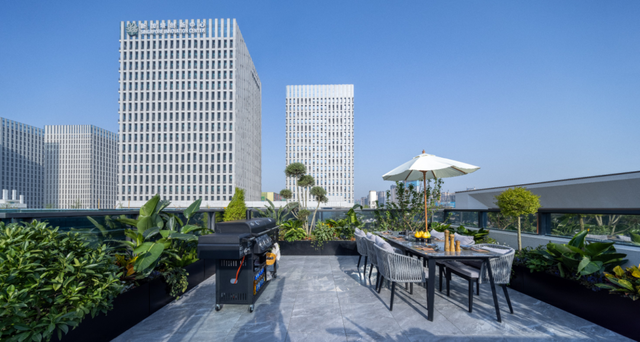
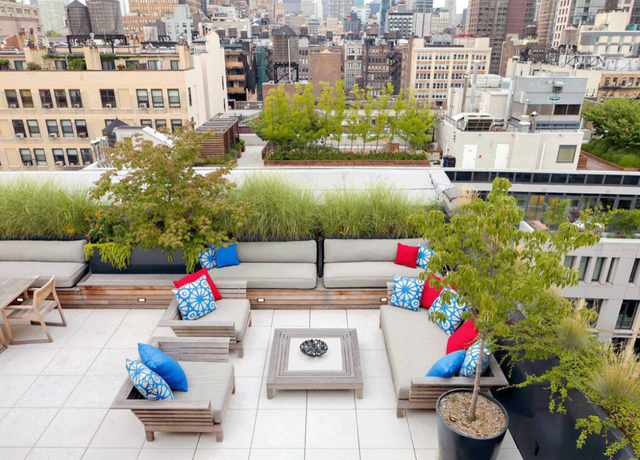
Roof greening structural layers.
- Vegetation layer
- Planting soil layer
- Isolation and filtration layer: the isolation and filtration layer generally adopts materials such as polyester fiber non-woven fabric that can both permeate and filter, above the drainage (storage) layer under the substrate layer, the effective width of the lap joint should reach 10~20cm, and extend to the side wall of the building to 5cm below the substrate surface layer.
- Drainage (storage) layer: should be designed according to the roof drainage ditch situation, the material can be selected from the convex table, modular, combined and other forms of drainage (storage) board.
- Drainage (storage) board: its role is to store water and ensure that plant roots have water; it can also drain water to prevent flooding. In addition it also has a root-blocking effect.
LEIYUAN GREENING SOLUTION CO., has launched a new product – HOENSOEY honeycomb Cells, which provides a set of novel roof greening solutions. Welcome to contact us for more information.
